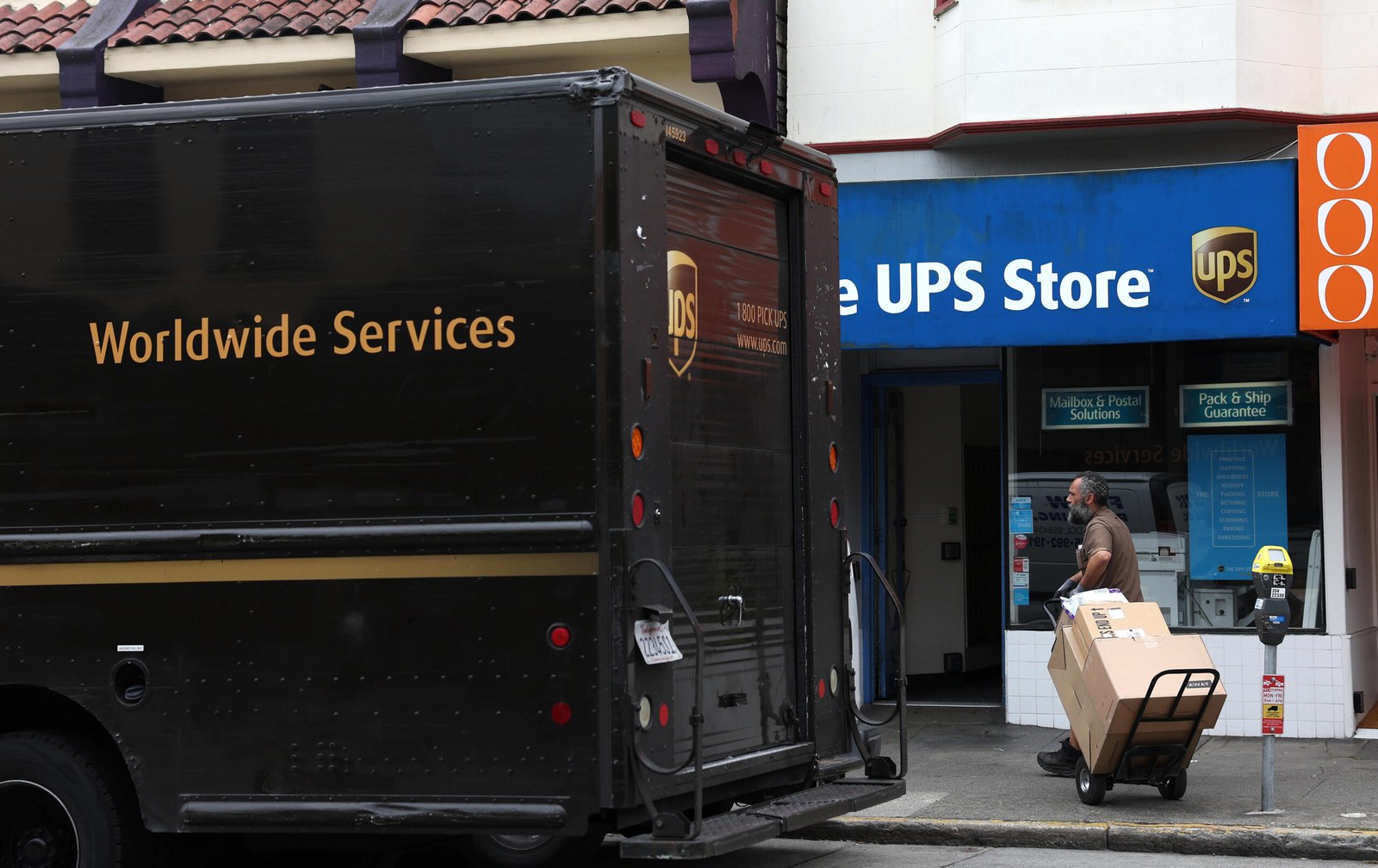In the latest earnings report from UPS, the renowned logistics giant faced a decline in profitability attributed to high labor costs and weakened demand in the small-package segment. This setback highlights the challenges faced by UPS in navigating the evolving landscape of e-commerce and supply chain operations. Let’s delve into the factors contributing to UPS’s profit decline and the implications for the company’s future strategies.
- Labor Costs Pressure: One of the primary factors behind UPS’s profit decline is the surge in labor costs. As the demand for shipping services continues to rise, especially in the wake of the e-commerce boom, UPS has faced increased pressure to recruit and retain a skilled workforce to meet customer expectations. Rising wages and benefits packages have weighed heavily on UPS’s bottom line, impacting profitability despite revenue growth.
- Weak Small-Package Demand: Another significant factor contributing to UPS’s profit decline is weakened demand in the small-package segment. While UPS has experienced robust growth in its e-commerce business, particularly during the pandemic, the company has faced challenges in effectively managing the surge in small-package volumes. Slower-than-expected growth in this segment has put additional strain on UPS’s profitability, leading to a decline in earnings.
- Competitive Landscape: UPS operates in a highly competitive market characterized by rivalries with other logistics giants such as FedEx and DHL. Intense competition for market share, coupled with pricing pressures and changing customer preferences, has added complexity to UPS’s business operations. The company’s ability to adapt to shifting market dynamics and differentiate itself from competitors will be crucial in sustaining long-term profitability.
- E-commerce Boom: While UPS has benefited from the rapid growth of e-commerce in recent years, the surge in online shopping activity has also presented operational challenges. Managing the influx of small-package volumes, optimizing delivery routes, and maintaining service quality amid peak demand periods have strained UPS’s logistics network and contributed to increased costs. Balancing the benefits of e-commerce growth with the operational complexities it entails remains a key challenge for UPS moving forward.
- Strategic Initiatives: To address the challenges posed by high labor costs and weakened small-package demand, UPS has embarked on strategic initiatives aimed at improving operational efficiency and enhancing customer service. These initiatives include investments in automation and technology, streamlining of operations, and diversification of service offerings. By focusing on innovation and agility, UPS aims to strengthen its competitive position and drive long-term growth.
- Focus on Sustainability: In addition to operational efficiency, UPS has prioritized sustainability as a core component of its business strategy. The company has made significant investments in alternative fuels, electric vehicles, and renewable energy sources to reduce its carbon footprint and mitigate the environmental impact of its operations. Embracing sustainable practices not only aligns with UPS’s corporate values but also enhances its reputation and appeal to environmentally conscious customers.
- Customer-Centric Approach: UPS remains committed to delivering exceptional service and value to its customers. By prioritizing a customer-centric approach, UPS aims to build long-term relationships and foster loyalty among its client base. This includes offering innovative solutions, responsive customer support, and flexible delivery options tailored to meet the evolving needs of businesses and consumers in today’s dynamic marketplace.
- Future Outlook: Despite the challenges posed by high labor costs and weakened small-package demand, UPS remains optimistic about its future prospects. The company’s strong brand reputation, expansive global network, and commitment to innovation position it well for long-term success. By adapting to market dynamics, investing in strategic initiatives, and maintaining a focus on customer satisfaction, UPS aims to overcome current challenges and drive sustainable growth in the years to come.
In conclusion, UPS’s recent earnings report reflects the complexities and challenges inherent in the logistics industry, particularly in the context of rising labor costs and shifting market dynamics. By addressing these challenges through strategic initiatives, innovation, and a customer-centric approach, UPS aims to position itself for long-term success and sustain profitability in an ever-evolving business landscape.
































